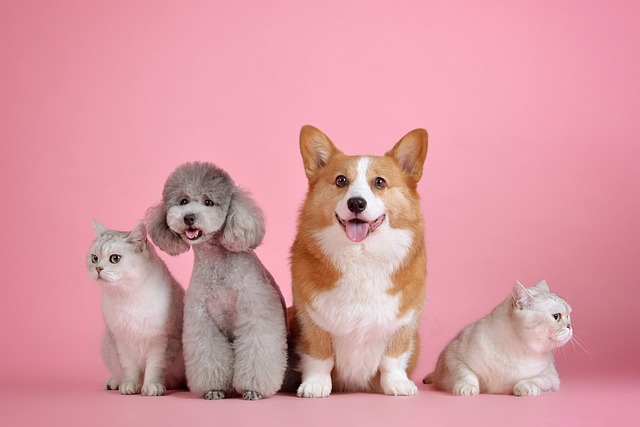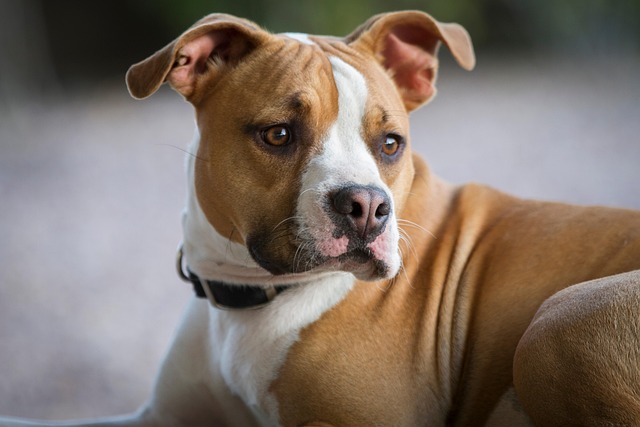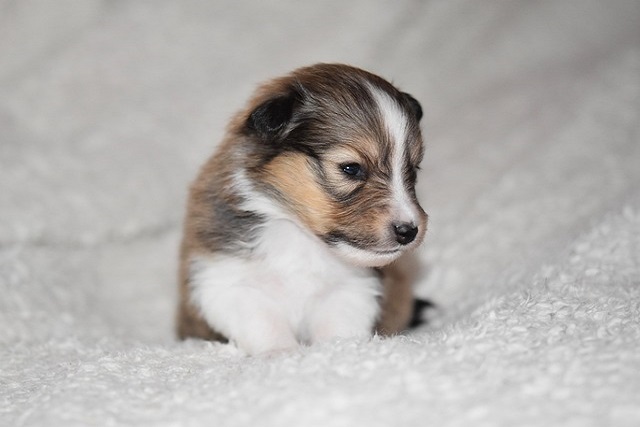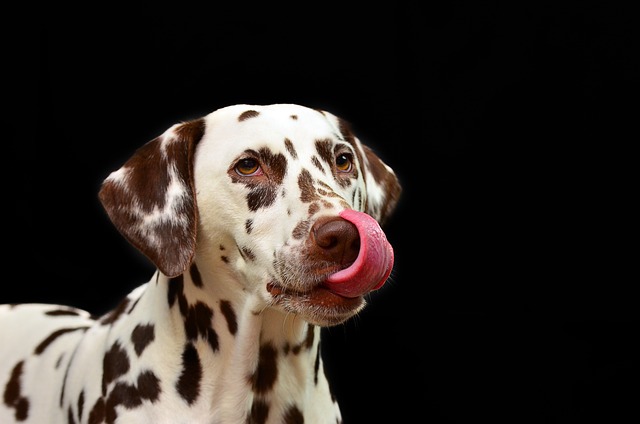
What should I do if my dog doesn't allow me to cut his nails
That heart-pounding moment when your Labrador dives under the coffee table at the sight of nail clippers? You’re facing a common struggle shared by apartment
Grooming your furry friend without clippers might seem daunting at first glance. I remember my first attempt with just scissors—a wiggly terrier and my shaky hands. But here's the truth: mastering scissor-only techniques isn't just possible, it's incredibly rewarding. You'll forge a deeper bond while keeping your pup's coat healthy. That said, safety isn't negotiable. One slip can turn a grooming session into a vet visit, so let's talk about doing this right.
First things first: your toolkit matters more than you'd think. Ditch those kitchen scissors immediately—they're dangerously imprecise. You'll need straight shears for bulk removal and thinning shears for blending. Curved scissors? Perfect for contours like paw pads. Personally, I swear by ergonomic handles; your hands will thank you after 30 minutes of trimming. Don't skimp on safety either. A grooming table with a non-slip mat prevents sudden jumps. Styptic powder stays within arm's reach always—trust me, you'll need it eventually. Oh, and those rubber-tipped grooming brushes? They detangle without pulling skin.
Preparation makes all the difference. Start when your dog's calm—maybe after a walk. Brush thoroughly to eliminate mats; cutting through them invites disaster. Section the coat using hair clips, working from neck to tail. Now, about technique: hold scissors parallel to the skin, blades pointing downward. Trim small sections against the grain for control. On legs, follow the natural taper. Ears? Use thinning shears and feather lightly. You'll feel the rhythm soon enough—snip, brush, evaluate. Rotate your dog gradually and take five-minute breaks if you sense stress. Finish by checking for uneven spots with your fingers, not just your eyes.
Common blunders? Cutting too much at once tops the list. Patience isn't optional here—remove millimeters, not inches. Another pitfall: forcing tense dogs. If they're trembling, stop. Distract with peanut butter lick mats or enlist a helper. And please, never cut mats flat against the skin. Lift them away with a comb first. Uneven results often stem from poor lighting. Position near a window or use a clip-on lamp. If you nick the skin (it happens), apply styptic powder firmly for 60 seconds. Panicking only agitates your dog.
Veterinarians like Dr. Sarah Benson emphasize pre-grooming checks. "Inspect for rashes or lumps before trimming," she advises. "Hidden skin issues worsen when irritated." Watch for subtle stress signs: whale eye, tucked tails, or excessive panting. Skip grooming if your dog seems unwell. For anxious pups, try calming sprays with pheromones 15 minutes prior. Focus on safety zones—avoid face, groin, and armpits unless experienced. Rounded tip scissors reduce stabbing risks dramatically. Remember, no technique justifies restraining a distressed animal. Some coats simply need professional care.
You've got this. Start with simple trims between professional grooms. Celebrate small victories—neatened paws or a detangled tail. That connection you build? It's worth every careful snip. For curly-coated breeds, check our deshedding guide next. Your dedication speaks volumes. Happy grooming!

That heart-pounding moment when your Labrador dives under the coffee table at the sight of nail clippers? You’re facing a common struggle shared by apartment

Those tiny puppy teeth that nibbled your fingers as a playful pup can turn into a source of pain and health issues if neglected. Small dogs, with their delicate jaws and crowded teeth, are especially prone to dental problems.

You’re ready to trim your dog’s nails, but then realize you don’t have a nail cutter at hand. As a new dog owner in the U.S., this unexpected situation can be stressful.

That moment when your sleek Boxer trots across your Chicago apartment floor, leaving a tumbleweed trail of hair clinging to your socks?

Imagine your fluffy Bernedoodle, Charlie, shaking mud across your Seattle apartment after a rainy walk in Discovery Park. Those beautiful curls now hide stubborn mats

Bringing a dog home is like welcoming a new family member, but it comes with important responsibilities. From daily needs to long-term health, getting the basics right sets your furry friend up for a happy life.